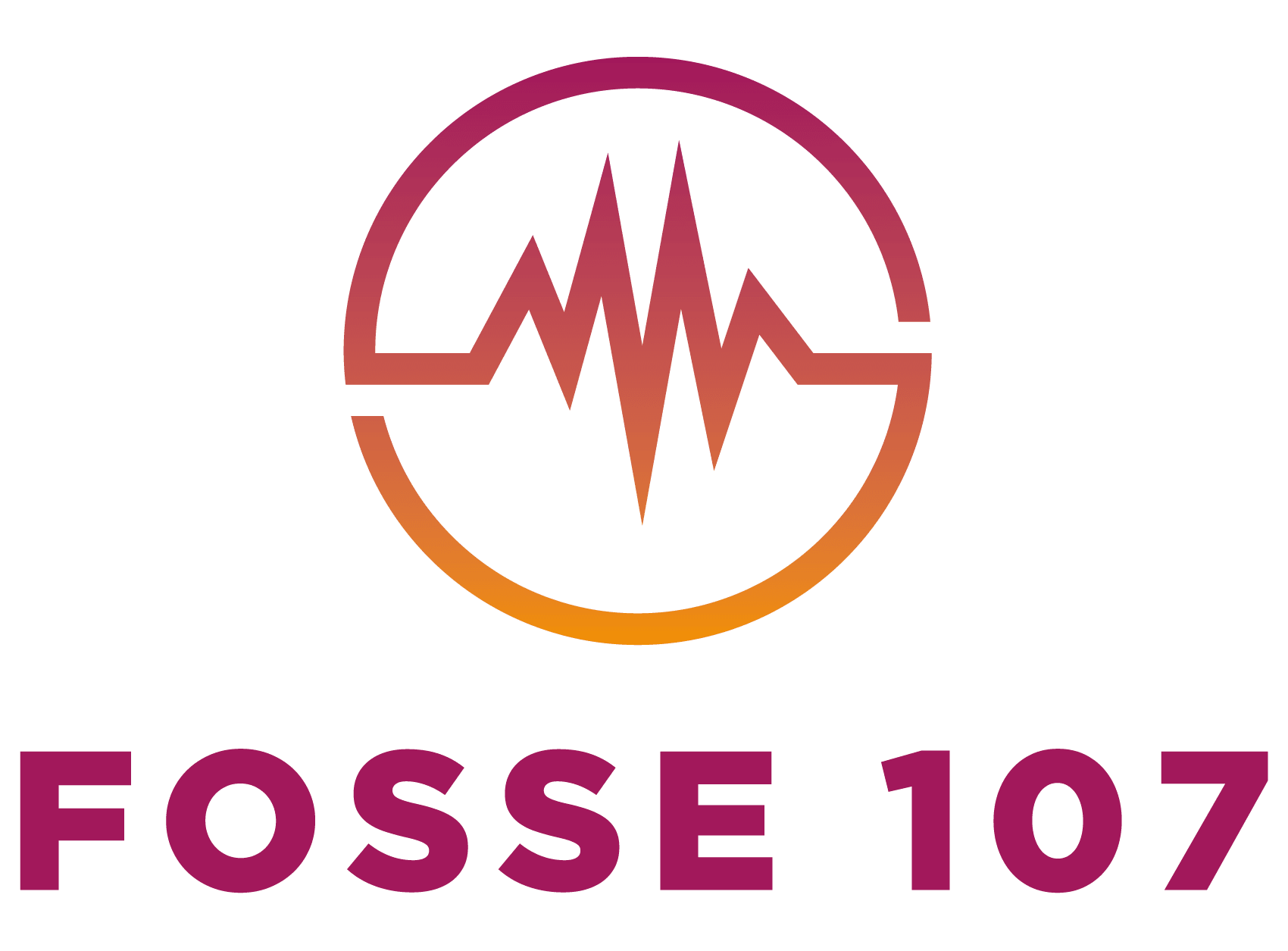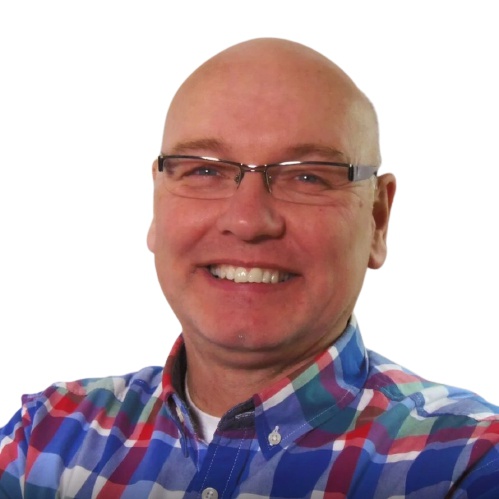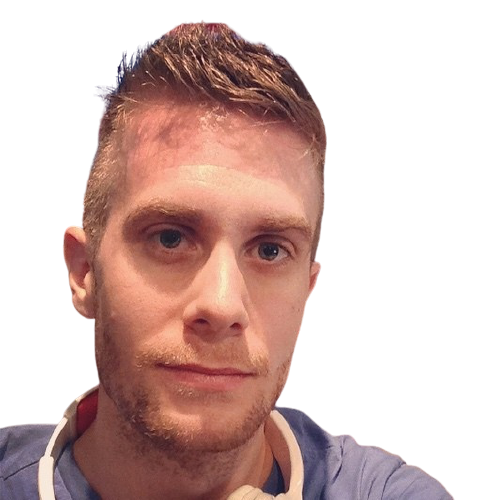Steve's morning starts lying still in the clanging magnet of an MRI machine as his body is slowly scanned from neck to knee in intimate detail.
Then it's on to another MRI scanner, followed by X-rays of his bones, ultrasound on his neck, blood and other samples, medical tests and questionnaires - in all five hours of his time.
A test of patience you'd admire in any patient - only Steve is perfectly healthy.
He's a volunteer in the UK Biobank project, giving up his time to help complete the world's largest medical imaging dataset.
His motivation: that his data may help where he can't.
"My mum in particular at the moment now, is suffering from early stages of dementia, close friends have had cancer."
"Giving up my time now... is going to help medical research in the future."
Even more remarkable is that Steve is the 100,000th volunteer to have willingly gone through the process.
Each one allows their carefully anonymised images (it's why we're only using Steve's first name) as well as their biological samples, medical and lifestyle histories, available to the world's medical researchers in perpetuity.
"The unprecedented scale of this imaging project - more than 10 times bigger than anything that existed before - makes it possible for scientists to see patterns of disease that just couldn't otherwise be seen," said Professor Sir Rory Collins, chief executive of UK Biobank.
"Combining these images from different parts of the body with all the genetic and lifestyle information from our volunteers, scientists are getting a far better understanding of how our bodies work," he said.
Given the time and complexity of whole-body imaging, it's a project many scientists believed would never work.
"When we started, some people thought that we got our numbers wrong," said Prof Naomi Allen, chief scientist at UK Biobank.
"Surely we wanted to scan at 10,000 participants... not 100,000. And yet, here we are."
The UK Biobank was already a powerful resource for medical research.
Since 2003, it has recruited half a million people in Britain between the ages of 40 and 69 with the aim of following each of them as they age.
It's long been the world's most comprehensive biomedical data resource used in more than 60 countries by at least 20,000 researchers, providing new insights into everything from Alzheimer's and heart disease to long COVID and cancer.
Adding imaging data from a fifth of those participants should make it even more useful.
"Many of the common diseases of middle of late life, heart disease, dementia, cancer, Parkinson's disease, they can take many years to develop before you have symptoms," said Prof Allen.
"What these scans will be able to do is to identify those warning flags, the early starts of the disease process, very early on."
Seeing those changes early in scans and being able to relate them to the underlying biology and lifestyle histories of such a large number of people, could point to new treatments, or new targets for existing treatments, that could prolong healthy lives.
In the decade since the imaging part of the study began, researchers have already published 1,300 studies based on the new data.
NHS memory clinics are using techniques developed in the study to better diagnose dementia from MRI images.
An AI tool, developed using Biobank images of the heart, is being used in over 90 countries to analyse heart scans in less than a second that previously took 15 minutes to process.
And it is advances in AI that are expected to make even more of the overwhelming 30 petabytes of data contained within the Biobank database and imaging programme.
Read more from Sky News:
Sleep problems linked to dementia
AI can detect over 1,000 diseases
White wine could cut heart risk
"When we were doing manual analysis of this data, it would take me about a day just to measure how much fat somebody had," said Louise Thomas, a professor of metabolic imaging at the University of Westminster.
"We predicted [Biobank data] would take us thousands of years of manual analysis. Now, we use a small amount of manual analysis to train the AI models in how to do it and we can analyse everything in seconds. It's quite extraordinary."
AI analysis isn't perfect, but it has already helped guided Thomas's team to identify the types of patient at increased risk of heart aneurysm, the relationship between fat stored in muscle, age-related muscle loss and risk of falls, and revealing that up to a quarter of the UK population have unhealthy levels of fat in their liver - a key driver of liver disease that is a costly burden on the NHS.
As the scale and value of datasets like UK Biobank grow, so too will questions about how the not-for-profit, open-access project protects its volunteers' data, and the kind of individuals and companies that may profit from it.
Prof Allen says the security of the anonymised data is under constant review and approved researchers are carefully vetted to ensure they are who they say they are and doing health research in the public interest.
The next phase of the imaging project is already underway, to scan 60,000 of the 100,000 participants already imaged at a later date to provide new insights into the hidden changes our bodies go through as we age.

(c) Sky News 2025: World's biggest human imaging project reaches new milestone after scanning 100,000th UK volunt


 Donald Trump sending 'top of the line' weapons to support NATO in Ukraine war
Donald Trump sending 'top of the line' weapons to support NATO in Ukraine war
 Reform UK is on the march - and the most popular party on TikTok. There's just one problem
Reform UK is on the march - and the most popular party on TikTok. There's just one problem
 MasterChef presenter John Torode says allegation he used racist language upheld in report
MasterChef presenter John Torode says allegation he used racist language upheld in report
 Fauja Singh: British runner - believed to be world's oldest to complete a marathon - killed in road accident
Fauja Singh: British runner - believed to be world's oldest to complete a marathon - killed in road accident
 New electric car grants of up to £3,750 aims to drive sales
New electric car grants of up to £3,750 aims to drive sales
 Homes evacuated as wildfire breaks out in east London
Homes evacuated as wildfire breaks out in east London
 Unreleased Beyonce music stolen from car
Unreleased Beyonce music stolen from car
 Tesla on trial after runaway car on Autopilot kills stargazing woman
Tesla on trial after runaway car on Autopilot kills stargazing woman




